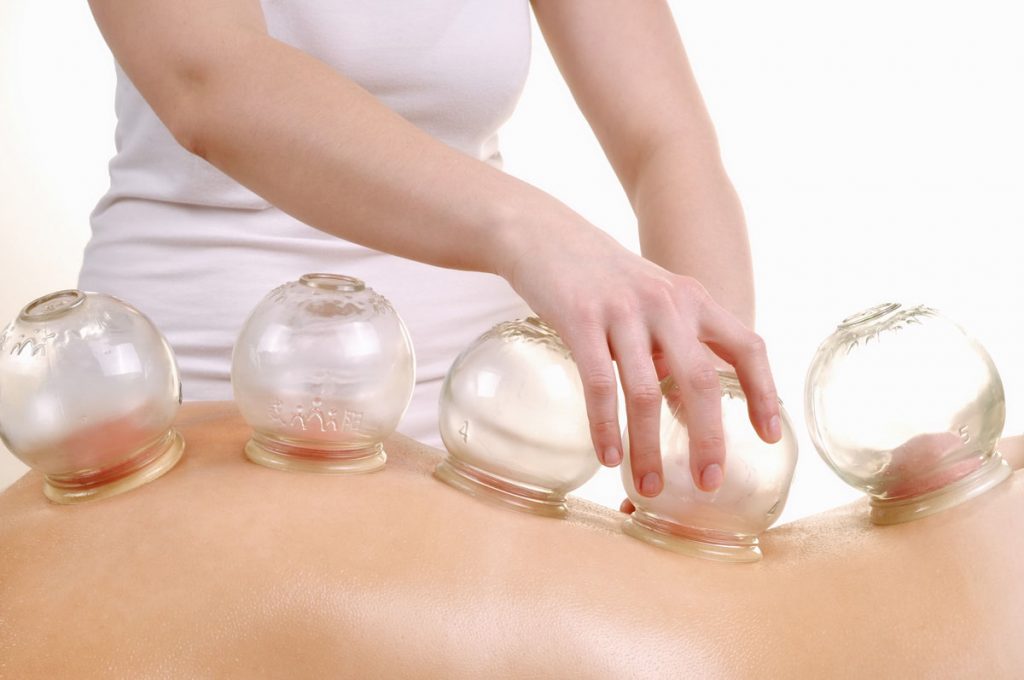 Most people have heard of the field of acupuncture by now, but did you realize the scope of the practice encompasses Chinese medicine, which includes so much more than needles? Let’s explore this ancient therapy.
Most people have heard of the field of acupuncture by now, but did you realize the scope of the practice encompasses Chinese medicine, which includes so much more than needles? Let’s explore this ancient therapy.
First of all, the practice of Chinese medicine starts with a diagnosis. The practitioner asks many questions to build a history; this includes the answers to digestion, appetite, diet, sleep patterns, bowel movement urination, pain, lifestyle, and stress level, for example. The acupuncturist will also be noting the voice pitch, hair luster, skin color and tone, as well as posture and mood of the patient and any significant odor. After that, there is a pulse and tongue analysis to determine where the pattern and root are, primarily. Finally, blood pressure is measured and other applicable tests done, including palpation of the body. After this history, a diagnosis and treatment plan is determined. What might be included in this plan?
Needles: Acupuncture needles are very fine, sterile, painless and safe. They are, of course, the main component of the treatment plan. They are placed into certain acupuncture points on the body, either locally (at the pain site) or distally (away from the pain). The needles are retained anywhere from 20 to 40 minutes and most find the treatment to be relaxing and calming.
Herbal formulas: Chinese medicine includes herbal formulas for the most part. The herbs and acupuncture needles work together to bring the body into harmony naturally. Herbal formulas come in either patent formulas, or the practitioner will make you your own formula. What is special about formulas is that they are designed to not overdo the amount of one herb that might cause harm in another part of the body; for example, if you are trying to get rid of heat, there will be herbs to clear heat (by promoting urination perhaps) but also herbs to mitigate the strong effects a heat-clearing herb might have on other organs. In this way, there is always a balance. Herbal formulas treat not only the symptoms but also the root cause.
Nutritional counseling: In Chinese medicine, food is medicine, and if you don’t get an herbal remedy, you will probably get dietary advice tailored to your specific constitution. For example, if someone has a pale tongue with a white coating, and it is puffy with teeth marks on the side, this might indicate this person has too much cold in the stomach, which is hampering the digestive fire. Chinese medicine rates food according to its temperature, season, color, shape and whether it’s right for your individual body. Cold foods include too many cold, raw vegetables, iced drinks and smoothies. A food such as ginger might be a nice addition to one’s diet in this case.
Cupping and Gua Sha: Cupping uses glass cups heated with a small flame to create a suction on the skin. This dissipates stagnation of blood and lymph fluid, promotes blood flow, eases stiffness, encourages better circulation to muscles and tissues, and feels great. It leaves a purple bruise and “cup” mark, only temporarily.
Gua sha uses a flat edged tool that is scraped in one direction on the skin, usually on large areas such as the back. Gua sha is used for many ailments, but especially for pain and stiffness. It removes blood stagnation and promotes the smooth flow of oxygen and blood. Waste and toxins are removed, and the scraping helps circulate fluid and nutrients, encouraging microcirculation in soft tissue. Gua sha can be used on the face for health and beauty, as well.
Moxibustion: Moxibustion is heated mugwort and comes in many forms. Usually this smoky herb is held over an area of the body to warm and circulate. It’s great for menstrual cramps and chronic pain. Smoky moxibustion is used less nowadays due to shared office space and its smoky quality, but there are plenty of practitioners who still use it; find one and you’ll be happy you did. Alternatives to the smoke are smokeless moxa sticks and oil moxa.
As you can see, the wide practice of acupuncture is much more than just needles. In addition to the above mentioned supplements to treatment, some practitioners use massage techniques, a form of manipulation called Tui Na, or acupressure.